P is for Precipitation
The letter P is next up in the A to Z Science series for toddlers and preschoolers at Inspiration Laboratories. P is for Precipitation.
P is for Precipitation
Describing the weather is something most of us do daily. What’s the temperature? Is it sunny or cloudy? Is it windy? Is raining, snowing, sleeting, or foggy? This last question deals with precipitation. Precipitation occurs when water vapor condenses and is released from the clouds. It can be in the form of rain, snow, sleet, freezing rain, hail, or fog.
Make Observations
Depending on your location, winter can be a great time to observe snow, sleet, and freezing rain – hopefully from the comfort of your warm house. Have your children look out the window and see what’s falling from the sky.
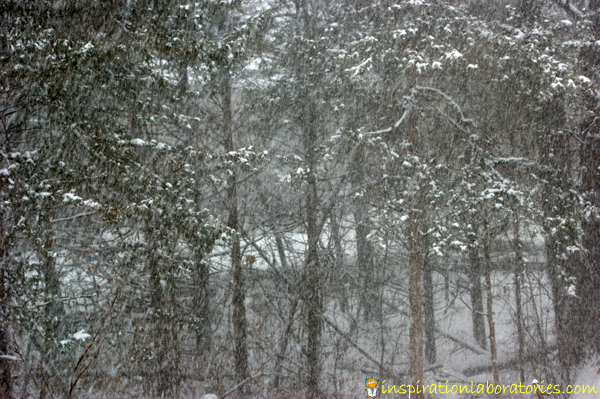
Talk to them about what it is. Head outside and measure how much snow has fallen.

Toddlers and preschoolers don’t need to understand the difference between these types of frozen precipitation, but in case you are wondering here are the differences.
- Snow happens when water vapor freezes in the atmosphere {or in the clouds}. It can fall as ice or as snowflakes. It’s never liquid.
- Sleet happens when liquid water freezes on its way to the ground. It can be a mix of rain and snow.
- Freezing rain happens when liquid water freezes when it hits a surface {like a building, vehicle, or a road}.
Most of the time, our precipitation falls as rain {liquid water landing on the ground}. Head outside on a nice, warm rainy day {without thunderstorms} and experience the rain. Make observations about the size of the raindrops. What’s the temperature of the rain? Does it feel cold, or is it pleasantly warm? Use a rain gauge to measure how much rain has fallen. {Science Sparks has instructions for making a rain gauge. The picture below is our rain gauge we made last summer. Rocks are in the bottom to keep it from falling over. We filled the bottle with water up to the top of the rocks and started the zero line for the gauge there.}
Hail is another type of precipitation that we get occasionally. Observing hail fall should only be done from the safety of your home and only if your area is not under a tornado watch or warning. An adult can bring a piece of hail inside for further study. Hail forms when ice crystals start to fall from the clouds. Winds pick the ice crystal up and carry it back to the clouds. This process of falling and being carried up builds up layers of ice and forms a piece of hail. The more times the hail goes back up into the clouds, the bigger the hail is.
Record the Type and Amounts of Precipitation
Keep a journal and record the type and amounts of precipitation your area receives. You can use information from weather reports or measurements you take yourself.
How many days in a month does it rain? You could also record other weather information – temperature, sunny/cloudy, etc.
More Ways to Learn about Precipitation
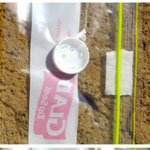 |
Evaporation. Learn about other parts of the water cycle. Learn about evaporation by setting a bowl of water outside in the sun. Mark the starting water level. Come back later {how long it takes depends on your weather conditions} and note any change in water. Where did the water go? It evaporated into the atmosphere.Mud Hut Mama observed evaporation and condensation as part of their water cycle experiments. |
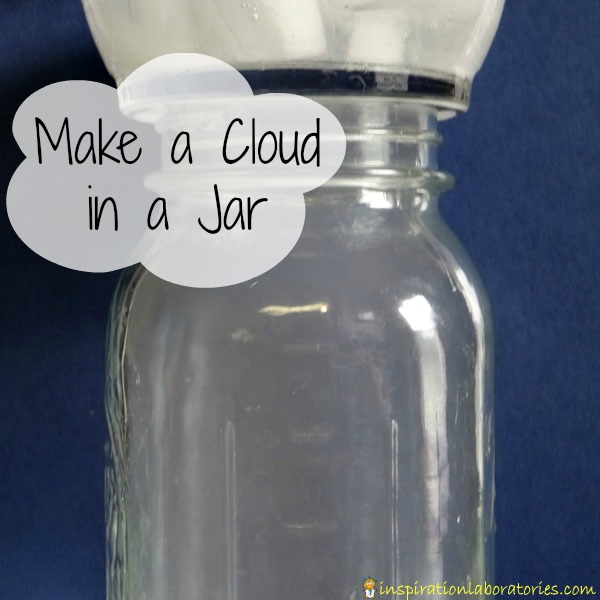 |
Cloud Making. Learn about how clouds form {the condensation step of the water cycle} by making a cloud in a jar. |
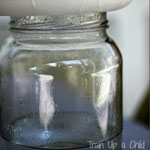 |
Rain in a Jar. Observe precipitation inside. Learn Play Imagine shows us how to make rain in a jar. |
Don’t miss the rest of the A to Z Science series! Connect with Inspiration Laboratories on Twitter, Google+, Pinterest, or Facebook . You can also subscribe to posts by e-mail.
Linking up here.

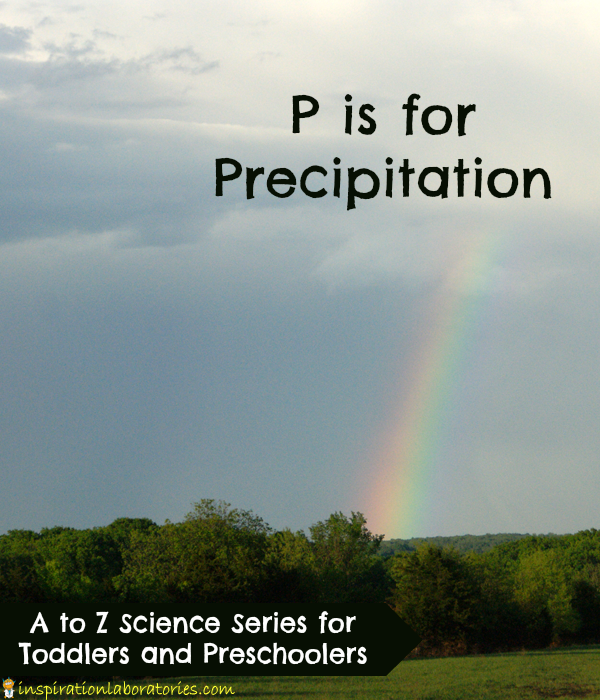
Leave a Reply